Explore this inspiring woodland fantasy garden on London’s South Bank
Tucked behind Tate Modern on London's South Bank, amid the new Neo Bankside residential development, lies an extraordinary piece of contemporary design.
Tucked behind Tate Modern on London's South Bank, amid the new Neo Bankside residential development, lies an extraordinary piece of contemporary design. Created by Gillespies' landscape architect Stephen Richards, this inspiring green space is an oasis of calm at the heart of an otherwise urban landscape.
1/11 Landscape architect
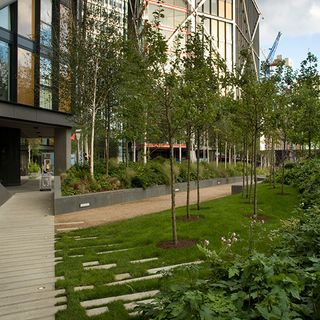
Stephen Richards, Gillespies
2/11 A strong scheme

The extraordinary location of the site demanded a strong scheme that could hold its own against iconic architecture such as St Paul's Cathedral.
3/11 Bridging the gap
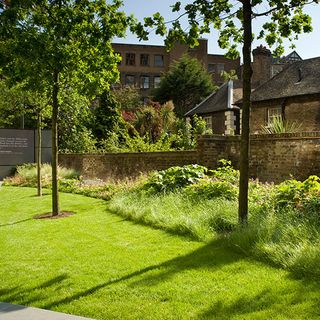
Finding a visual language that would enable the garden to sit comfortably with the combination of new steel glass towers and the Georgian London-brick almshouses that line one side was one of the many challenges Stephen faced. He also had to come up with a design that would suit an awkwardly shaped site built on top of an underground car park, and which would work both as a public right of way and as a private refuge for the residents of the luxury apartments.
4/11 Old meets new
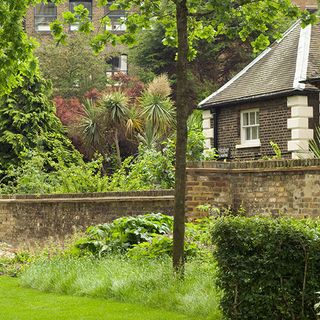
To define the intersection between old and new, Stephen planted Quercus robur (common oak) between the garden and the Georgian almshouses.
5/11 On the move

Stephen realised early on that the landscape would be critical in 'holding the site together'. Rather than building a plaza, he created a garden that could be experienced while on the move, so he designed the space as a network of routes that can be explored.
6/11 Dividing paths
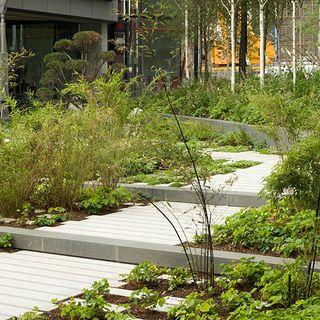
To navigate the space, a central axis leads you straight through the garden, while smaller paths cross on the diagonal, with varying paving styles and scales helping to differentiate between public and private areas.
Get the Ideal Home Newsletter
Sign up to our newsletter for style and decor inspiration, house makeovers, project advice and more.
7/11 Woodland planting

The real beauty of the Neo Bankside garden, though, is the interplay between the strong linear forms and what is essentially woodland planting. As Stephen says, 'The structure is very crisp, so we could afford to make the planting loose. We steered away from topiary as the space itself is clipped.'
8/11 A natural screen
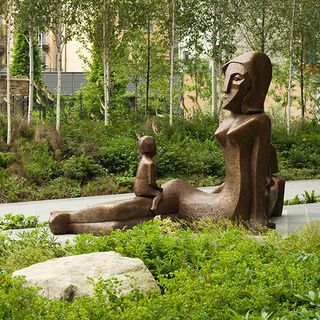
Light, airy birches and alders were grown especially for the site and create continuity with the planting around neighbouring Tate Modern. Unusually, they were deliberately produced with up to 26 feet of clear stem, which has resulted in the trees having a more spindly form than normal. This, in turn, has provided the garden with a delicate screen that feels and looks balanced with the surrounding buildings, not to mention the contemporary statues dotted around the site.
9/11 Living sculpture
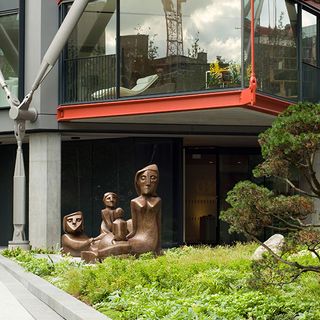
A cloud-pruned Pinus contorta 'Bonsai', seen to the right of this picture, is one of the few living sculptures within the garden.
10/11 A garden for all seasons
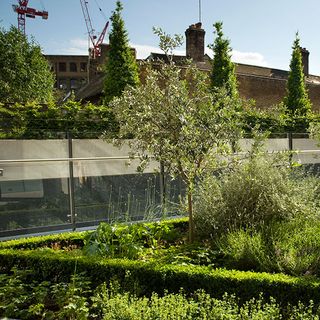
The garden can be enjoyed all year round. The understorey planting is evergreen and deciduous - perennials, ferns and grasses - with seasonal accents. To enable the residents to engage with the space, the plants have also been selected with nectar and foraging insects in mind to help improve the biodiversity of the site.
11/11 In the hands of nature
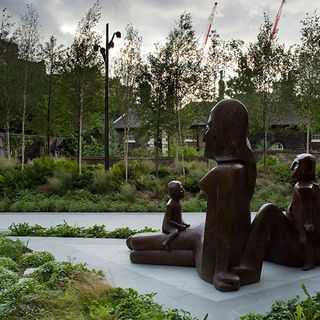
The thriving ecosystem is reinforced by clever visual imagery within the design, where paths appear to crumble away at the edges. 'This sense of erosion, of plants taking over, signals a healthy place,' says Stephen. As the plants continue to bed in, the transition from awkward urban city space to inner London woodland will become complete.
If you liked this, find more inspiring ideas on the Homes & Gardens website
Tamara was Ideal Home's Digital Editor before joining the Woman & Home team in 2022. She has spent the last 15 years working with the style teams at Country Homes & Interiors and Ideal Home, both now at Future PLC. It’s with these award wining interiors teams that she's honed her skills and passion for shopping, styling and writing. Tamara is always ahead of the curve when it comes to interiors trends – and is great at seeking out designer dupes on the high street.
-
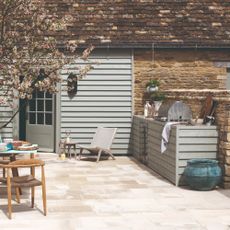 Do outdoor kitchens add value to your home? Experts reveal if they're a good return on investment
Do outdoor kitchens add value to your home? Experts reveal if they're a good return on investmentIs an outdoor kitchen a worthwhile investment? This is how much value it can add to your property
By Sara Hesikova
-
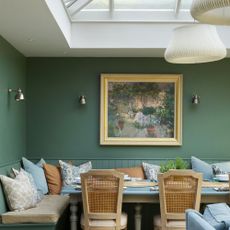 An interior designer used this can't-fail trick to decide on the colours for her home
An interior designer used this can't-fail trick to decide on the colours for her homeThis Oxfordshire house wasn't always this colourful…
By Sara Emslie
-
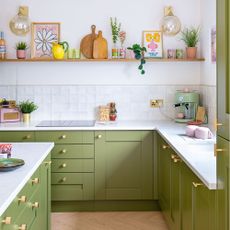 This bright and modern kitchen-diner was once three separate rooms in a 1960s bungalow
This bright and modern kitchen-diner was once three separate rooms in a 1960s bungalowSee how these young homeowners have transformed this once cramped and tired looking space
By Stephanie Smith